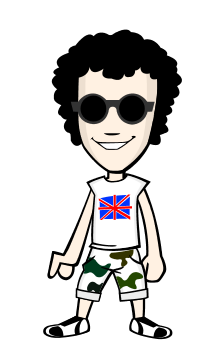Public domain cartoons are animated films which aren't secured by copyright. The phrase “public domain” represents some innovative work that has fallen outside the limits of copyright law for one purpose or another. This implies that these works can be duplicated or tailored by others without spending a copyright owner for utilization privileges. Public domain cartoons include the early performs of great studios & popular characters in which the copyright was permitted to slip up. Subsequently, these cartoons are commonly and cheaply accessible on home video & the Internet.
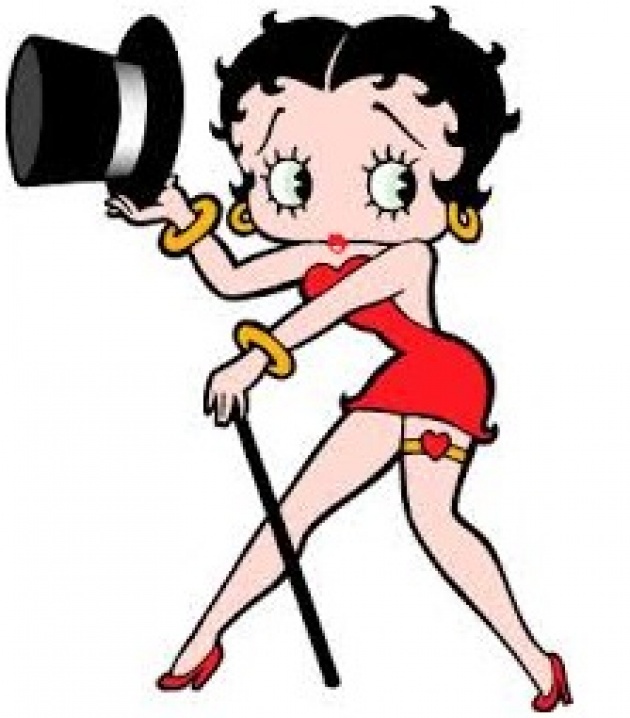
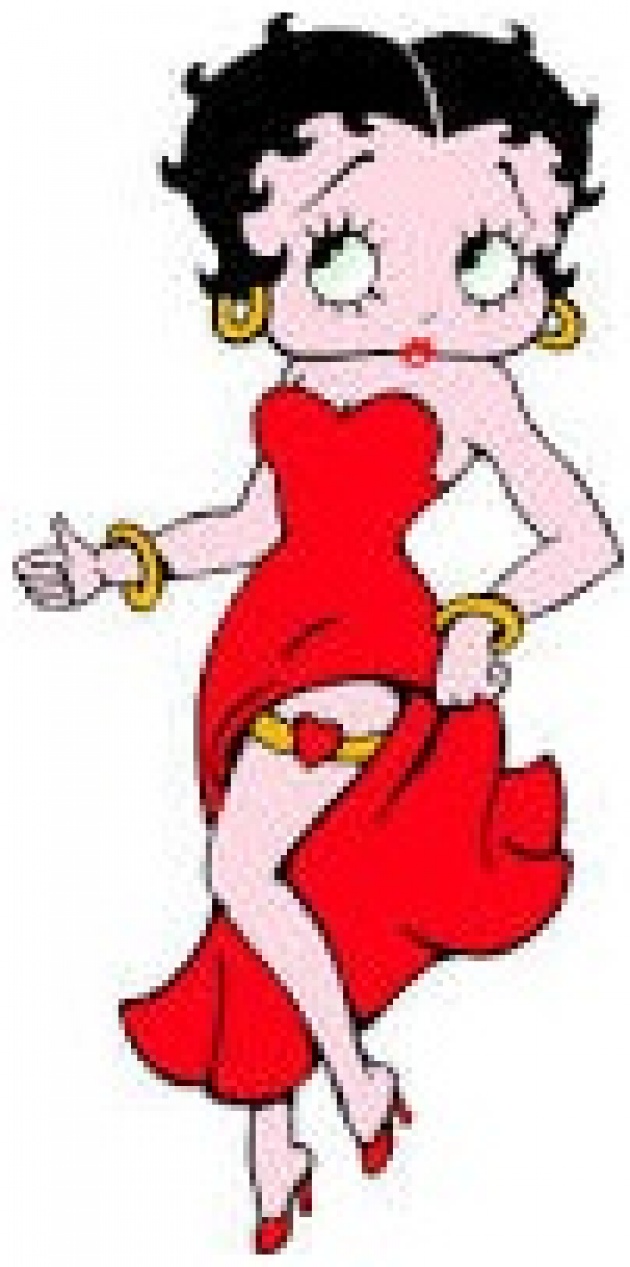
During the 1st half of the 20th century, when a lot of early animation studios were established, copyright law in the USA required registration & restoration for the ongoing security of works. Some cartoonists did not adhere to this requirement because of inadequate legal advice or through undervaluing the lasting charm of their characters. Early cartoon shorts featuring the likes of shorts featuring, Popeye, Superman & Bugs Bunny have all become public domain cartoons.
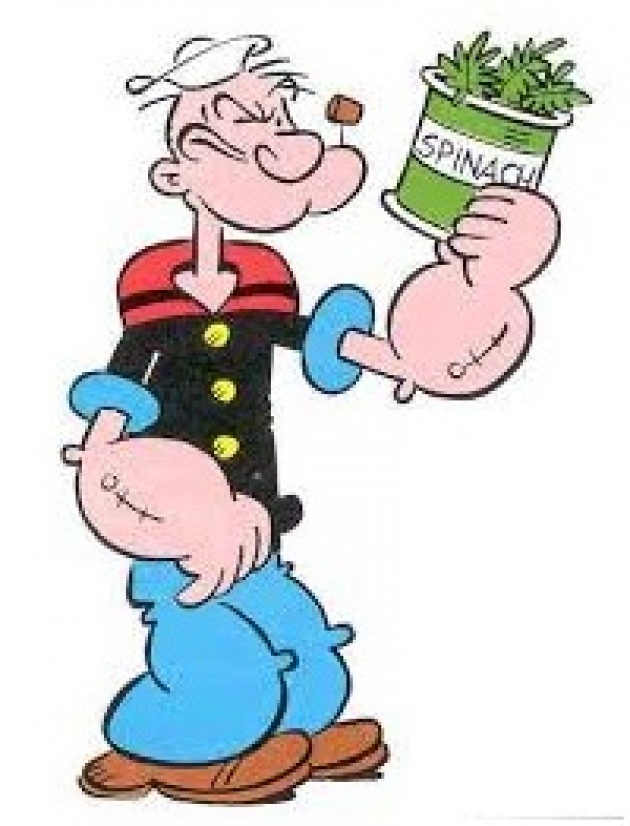
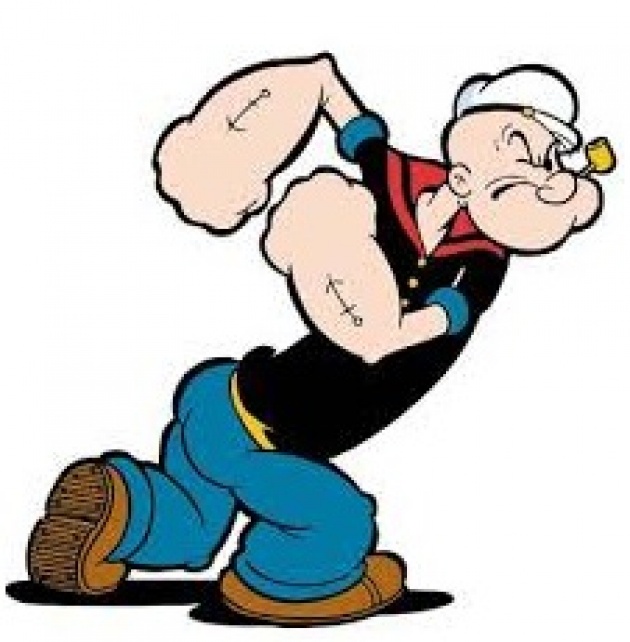
Animation was a new technology in the beginning 20th century. Pioneering cartoonists including Walt Disney, Winsor McCay & the Fleischer brothers, Dave and Max, worked with different companies and partnerships when creating their innovative cartoons. In these moving times, lawful restoration was sometimes neglected, allowing copyright security to slip up. After these cartoonists had founded studios in the 1930s and 1940s, they had authorized departments to protect their important copyrights.
Television became an extensive entertainment medium in the Nineteen fifties, and cartoons were soon a choice of daily programming. Programmers and marketers noticed that they could air public domain cartoons without paying a certification fee. When the property video market released in the 1980's, other organizations captured this same opportunity. Consequently, these cartoons became broadly available on video cassette & digital flexible disk (DVD), often generated with cheap materials and appearance. The public domain cartoon might still have some trademark rights, including protection of music or a character. As interest in traditional animation grew in the late Twentieth century, some companies released high-quality home video editions of these cartoons. Many of them also are accessible for watching for free on Internet video websites.

